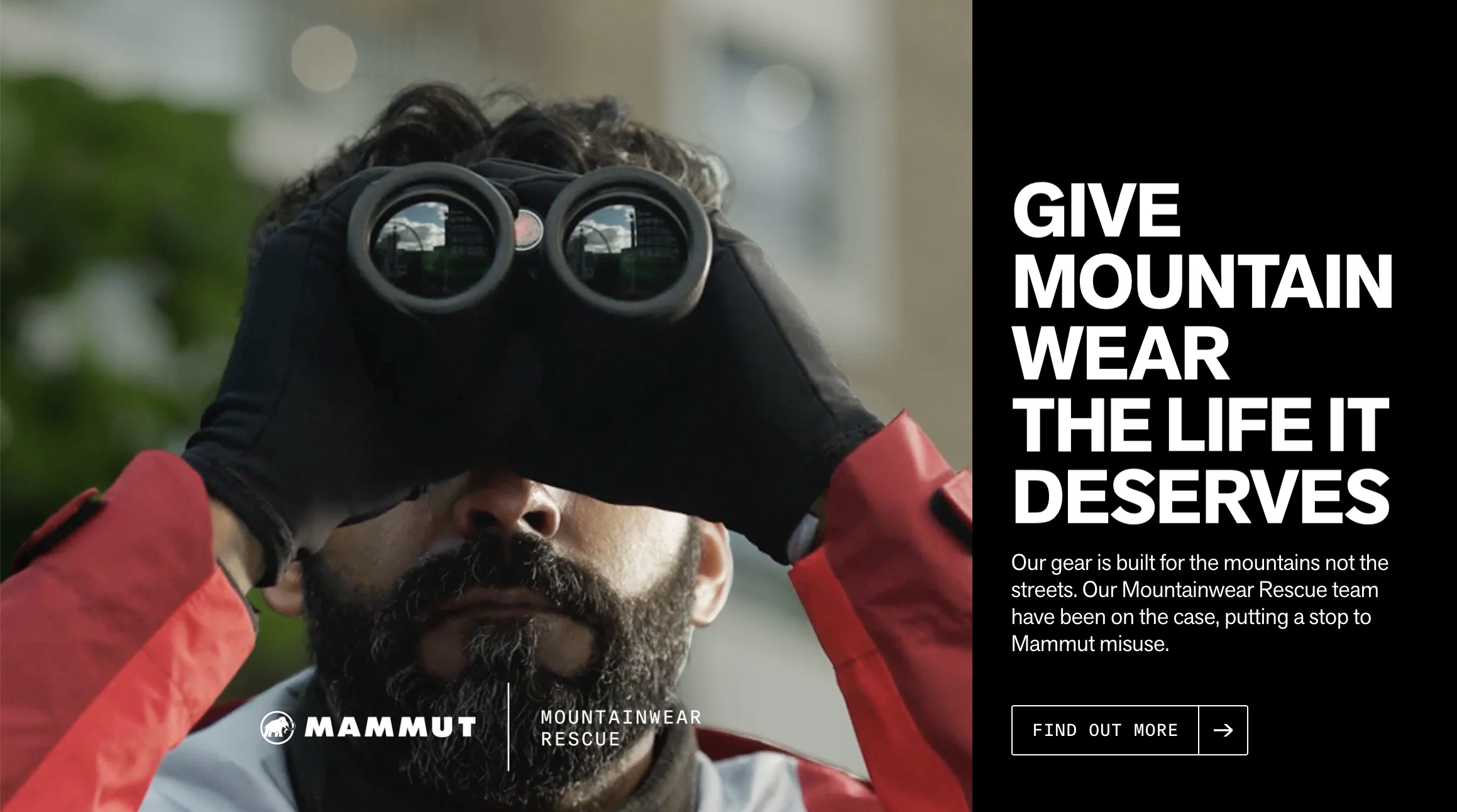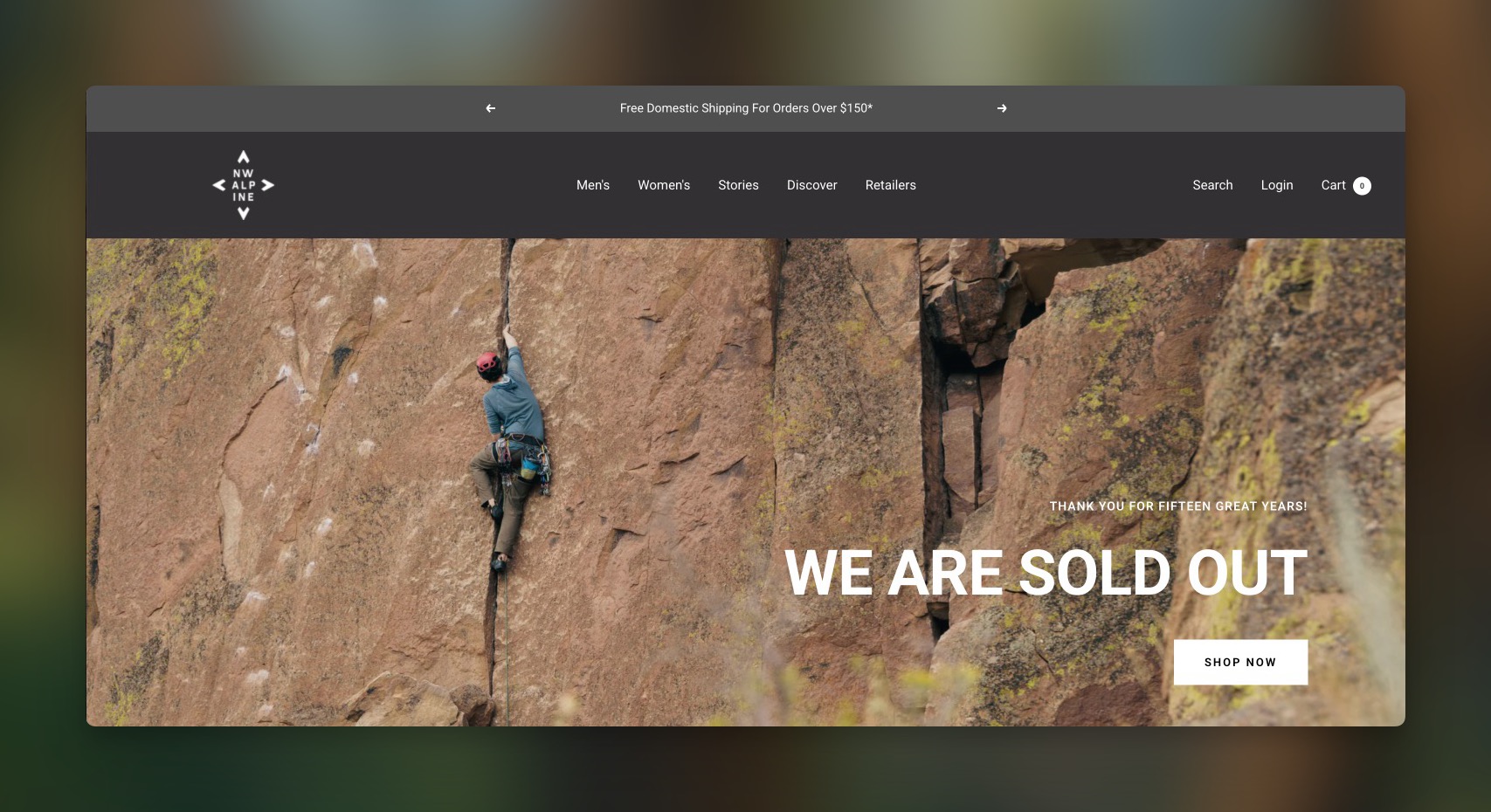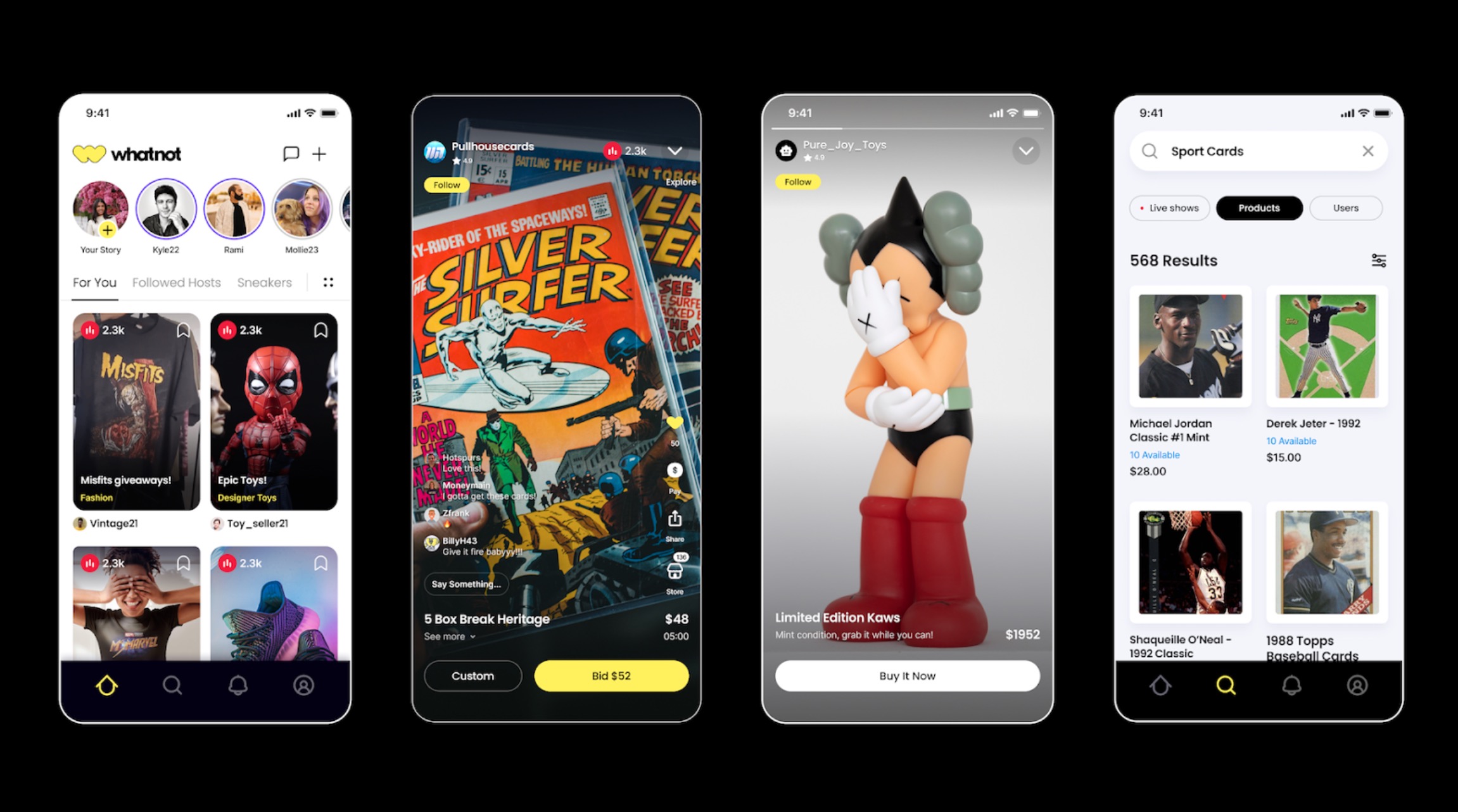Brand identity is a fragile thing. What you say in your marketing decks or write on your about page is not your “brand”. What your brand really means is continuously negotiated between what you claim, how you speak to consumers, and how those consumers interpret, share, and challenge those claims in real time.
Two recent cases illustrate this well. Mammut and Arc’teryx, both premium outdoor brands making genuinely excellent gear, recently found themselves testing the limits of brand positioning in very different ways. Mammut launched a deliberately provocative campaign that earned mixed reviews and garnered plenty of debate. Arc’teryx created a spectacle that backfired spectacularly in one of its most important markets. While the outcomes are different, both reveal how precarious brand identity has become when every campaign is questioned and every misstep can go viral.
Mammut takes a stand against “streetwear”
Swiss mountaineering brand Mammut made waves with their deliberately provocative "Mountainwear Rescue Squad" campaign, which shows masked Mammut “officers” literally stripping a Mammut jacket off a customer drinking a coffee in an urban area and issuing a citation. The campaign seemed to suggest that if you weren’t halfway up a glacier, you shouldn’t be wearing a Mammut jacket.
This campaign just feels…off. I understand the desire (and opportunity) to position against other brands who more intentionally lean into “style”, but the overall approach felt cynical and confrontational. It left me wondering: Is my Mammut jacket too good for city rain? Am I supposed to buy a second jacket for "city appropriate" use? What is my gear supposed to do when I'm not in the mountains? Add to that, the Gestapo/police state framing does not feel like a good idea right now.
From a marketing perspective, it's genuinely fascinating. While most brands are chasing broader audiences, Mammut is actively narrowing theirs. They're marketing exclusivity in a industry that currently leans toward inclusion, betting that a focus on the “core” (or “hardcore”) will bolster their overall credibility against more well-known competitors that have embraced a city-to-mountain consumer. It flies in the face of conventional wisdom about growth and marketing, and on its face, feels counterintuitive to the increasingly more casual makeup of the average outdoor consumer.
The campaign's follow-up content, featuring Katie Burrell and popular “German stereotypes” TikToker Jannick Apitz, took a tone that leaned more into the ridiculousness of the campaign. It feels more self aware, injects some great humor, and overall doesn’t have the weird “police state” tone of the original launch videos. To be fair, Katie Burrell will make almost anything more entertaining.
There are some hypocrisies here. I attended a launch event not that many years ago where Mammut was leaning into streetwear. They couldn’t make it work at the scale of other contemporaries, and are now shifting the opposite direction (at least, in their marketing). However, they’re still doing collaborations that bleed more into fashion than function. This summer they announced a collab with Hiking Patrol, which HYPEBEAST described as “Whether navigating city streets or alpine trails, the pieces reflect a quiet confidence and timeless intent.” And just yesterday, they launched a new collab with UK designer Nigel Cabourn, complete with a London launch party and PR coverage in outlets more well known for fashion and streetwear coverage. The collaboration has a nice blend of heritage, workwear, and technicality, and celebrates “Michiko Imai – the only woman on the legendary first ascent of the Japanese Direttissima on the Eiger’s north face in 1969.” But the rollout is definitely not in line with their “mountains only” messaging.

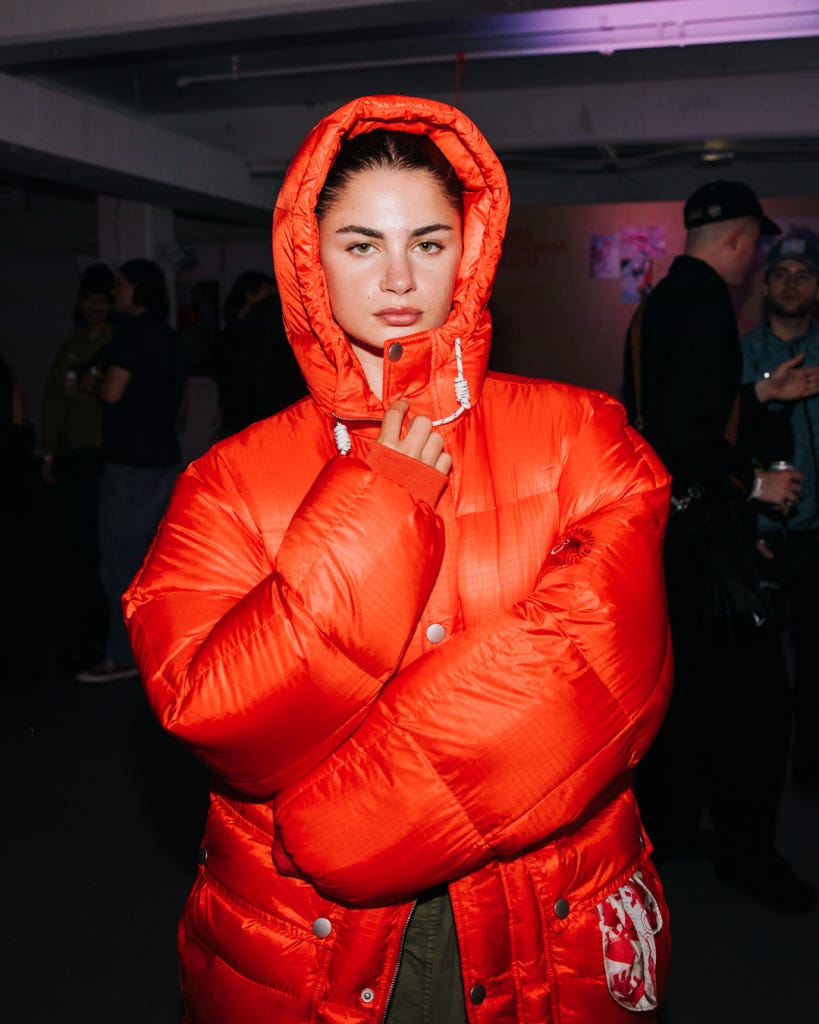
Add to that: Mammut doesn't have a significant urban retail presence. Most of their physical presence is scattered across the Alps in Switzerland and Germany. I’ve never seen much Mammut gear on the streets of urban style epicenters like London or New York. Basically, Mammut is making a big show of rejecting an urban audience it has never fully reached, which makes the campaign feel more like posturing than true brand strategy. If Salomon took a stand against people wearing the XT-6 in cities, at least at least that would cost them something. But it doesn’t take much gumption to reject customers you never had.
Geography matters too. In the Alps and DACH markets, Mammut’s long alpine heritage likely gives the campaign more legitimacy, and regional customers with strong ties to the Alps may appreciate the “for the mountains” ethos. But elsewhere, where Mammut is less visible and mostly distributed through specialty shops, the same message risks being read as performative gatekeeping. If you don’t have the cultural presence of The North Face or Salomon, scolding urban customers feels like punching sideways. Perhaps there’s no immediate goal to grow outside the European market. Different markets, different stakes.
Despite the over-analyzing of people like me, they seem to be skating the line between hypocrisy and clever marketing reasonably well. I think it’s a bit remarkable, but I think that speaks to how some consumers feel (or want to feel) about “stylish” brands–or it simply speaks to how little people actually think about Mammut.
On the other hand…
Arc'teryx's viral disaster
Arc’teryx’ recent mishap could have major ramifications. Their “Ascending Dragon” collaboration with artist Cai Guo-Qiang, a fireworks display at 18,000 feet in Tibet’s fragile ecosystem, was meant to embody art, nature, and ambition. Instead, it was seen as reckless and hypocritical for a brand that prides itself on environmental responsibility.
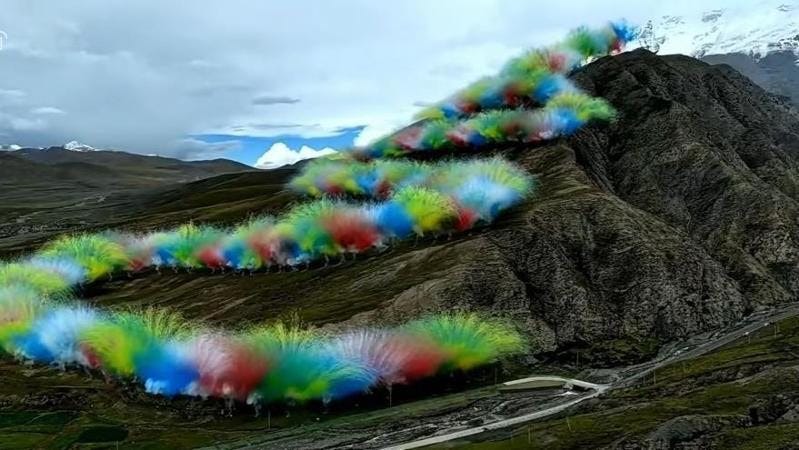
On Chinese social media, the reaction was fierce and swift. Topics related to the stunt racked up tens of millions of views on Weibo. The China Advertising Association condemned the campaign. The local Shigatse Municipal Government launched an investigation. Despite Arc’teryx initially stating there had been an environmental plan and that biodegradable materials were used, they apologized and pulled the video. But the damage was done.
While we are aware of the controversy in the West, I’m not sure that many quite understand how big the impact has been in China. On Weibo in particular, topics related to the stunt racked up tens of millions of views. There’s a very real chance that the negative brand influence as a result of the stunt will have a measurable effect on Arc’teryx’ growth plans in China, at least in the short term.
The context makes this particularly devastating. Arc’teryx has been one of the few brands to successfully balance technical credibility with cultural cachet. It’s been able to ride a wave of “style” fans without losing its core. In China specifically, it became a status symbol built on premium pricing, technical legitimacy, and aspirational lifestyle appeal. This wasn’t a niche brand making a miscalculation. This was a major player stumbling in one of its most important growth markets.
The usual explanations apply: communication errors, separate China and Canada teams, and a potentially well-meaning but misguided activation. Technically, approvals were granted and assessments were done. But ultimately, those explanations don’t matter to consumers. What matters is that Arc’teryx positioned itself as environmentally conscious and then appeared to prioritize spectacle over those values in a protected ecosystem.
For a company that has seen meteoric growth in China, this was a remarkable stumble and the reputational fallout might balloon into a measurable strategic setback.
Ironically, an old campaign by Mammut has now been circulating as a contrast from the Arcteryx disaster. In 2015, to celebrate the 150th anniversary of the first Matterhorn ascent, they organized the below image — created from climbers with headlamps, without the explosions and environmental damage.

So what are we looking at?
Both Mammut’s divisive positioning and Arc’teryx’s ill-fated spectacle underscore the same reality: brand identity is fragile. It is continuously negotiated between what companies claim, how they speak to consumers, and how those consumers interpret, share, and challenge those claims.
The Mammut campaign didn’t flop, but it got mixed reviews. Some called the campaign elitist, others thought it was funny, even smart, and some, like me, maybe looked at it a bit too deeply. Either way, it sparked conversations. When you’re not dominating the market, a little controversy might be strategic. I can’t quite figure out exactly what Mammut is trying to say, but maybe that’s just me.
Arc’teryx, on the other hand, didn’t spark debate. It was a remarkable failure. What was meant to inspire felt tone-deaf, especially in a market it heavily depends on. There’s a big difference between taking swings and embracing spectacle and being careless.
Neither brand failed on product. Both make great gear, as does almost everyone now. What they ran into was a meaning problem. Meaning is shaped in public by customers, critics, and comment sections (or newsletters 😅). You don’t get to decide exactly how your brand is used or understood. You just get to decide what kind of risk you’re taking when you put brand content out into the world.
Mammut leaned into the “core”. Arc’teryx leaned into spectacle. One made noise. One made a mess. Both approaches will have consequences, although we may have a wait a bit to find out exactly what those will be.


